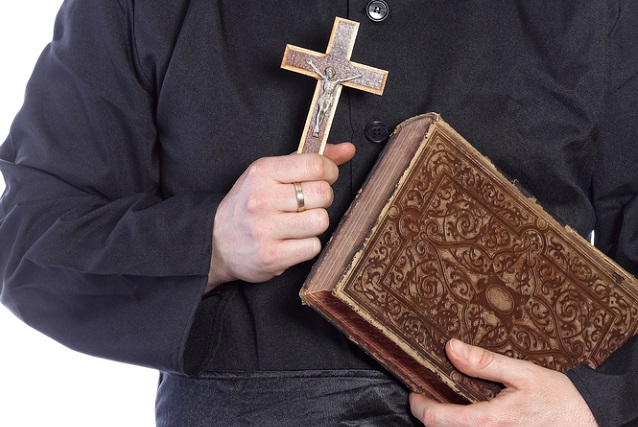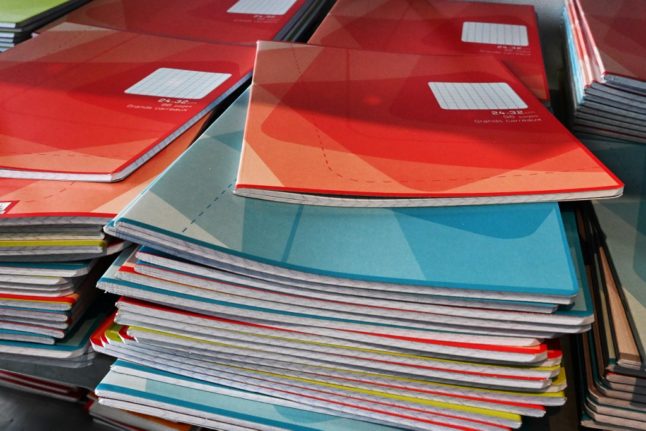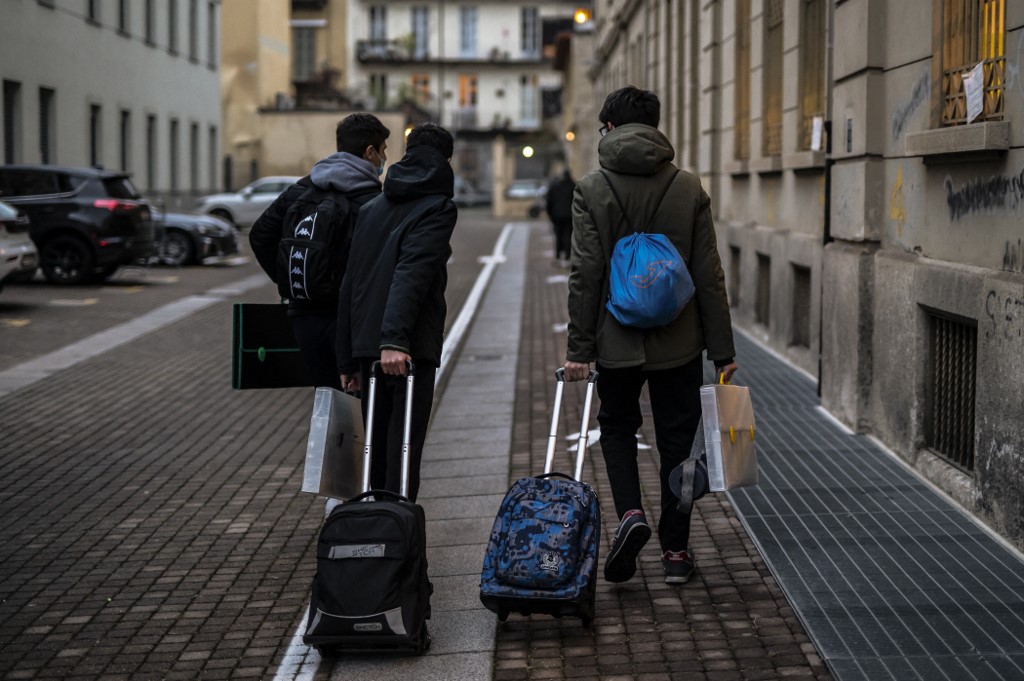The ministry added an intensive, 40-hour course in “exorcisms and prayers of liberation” to its offering of training courses which Italy’s teachers can choose to take voluntarily, local media reports.
Teachers, especially those who teach religion, can learn how exorcism should be “correctly practiced” on the course, which costs 400 euros per participant.
The course is not run by the ministry but held at the Pontifical University of Regina Apostolorum, a Vatican-affiliated university in Rome which holds annual exorcism conventions for Catholic priests.
Opposition ministers said the government had more pressing issues to deal with than demonic posession and criticised the course as a “return to the Dark Ages”.
READ MORE: Pope Francis gives exorcists his blessing
“With all the problems in Italian schools, the ministry is trying to bring back the Dark Ages,” said Laura Boldrini, an opposition, centre-Left MP and former parliamentary speaker.
“Schools are not safe, gyms are not fit to be used and teachers are not properly paid. And what does the education minister do? He promotes exorcism courses,” said Boldrini. “Schools need to prepare young people for the challenges of the future.”
The course is among some 30,000 that the education ministry advertises on a professional development portal to help teachers further their careers.
The education ministry today said it may remove the listing from the portal. However the course will still go ahead as planned.
Exorcisms are reportedly on the increase in Italy.
Sicilian priest and trained exorcist Benigno Palilla, who runs another exorcism training course in Sicily, put the number of annual “cases requiring exorcism” in Italy at 500,000.
Exorcism is recognized under canon law, after the Vatican in 2014 gave its backing to the International Association of Exorcists.
The group built on an Italian association set up in 1991 by Father Gabriele Amorth, the Vatican's chief exorcist. This association has around 400 members, 240 of them based in Italy.
There have been some cases of phony exorcists sexually assaulting women and children under the guise of faith healing.
READ ALSO: 'The Exorcist' maker says Vatican let him film real rite





 Please whitelist us to continue reading.
Please whitelist us to continue reading.
Member comments